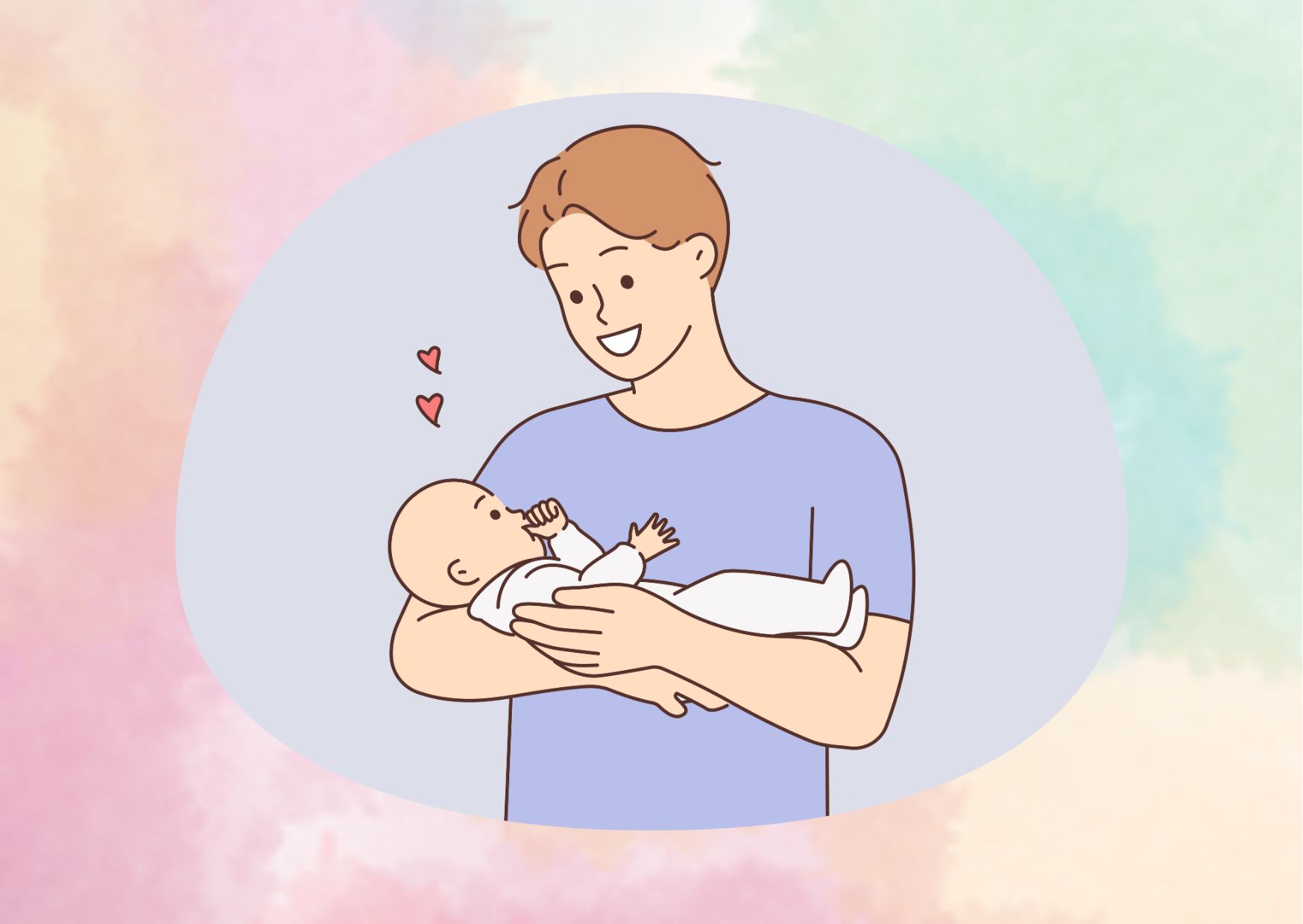Fundamental Meaning Behind Object Permanence: A Comprehensive Guide
Object permanence refers to the understanding that objects continue to exist even when they are out of sight. This key developmental milestone, typically achieved during the sensorimotor stage from birth to around 2 years old, forms a crucial part of Jean Piaget’s theory of cognitive development. Infants under a certain age often become upset when an object is hidden, as they don’t yet comprehend that it continues to exist.
This article will delve into the concept of object permanence, exploring Piaget’s groundbreaking experiments and the various stages of its development. We will examine the adaptive process view, violation of expectation research, and the importance of this skill in areas like separation anxiety and object constancy vs object permanence. Additionally, strategies for fostering healthy object permanence development in children, as well as its implications in adulthood, such as in relationships and conditions like ADHD and BPD, will be discussed.
What is Object Permanence?
Object permanence refers to the understanding that objects continue to exist even when they cannot be seen, heard, or otherwise sensed directly. It is a fundamental cognitive milestone in a child’s development, typically achieved between 6-9 months of age.
Key Points About Object Permanence
- It involves the realization that people and things do not cease to exist simply because they are out of sight or hidden from view.
- Infants develop mental representations or schemas of objects through the processes of assimilation and accommodation.
- As they interact with their environment, infants gradually construct an understanding that objects have a separate, permanent existence independent of their own perception.
Piaget’s Perspective
Jean Piaget, a pioneering psychologist in the field of child development, proposed that object permanence emerges during the sensorimotor stage of cognitive development. According to his theory:
- Infants initially lack the concept of object permanence, which is why they become distressed when an object disappears from their line of sight.
- The development of object permanence occurs gradually through six distinct stages, with the earliest understanding typically emerging around 8-12 months of age.
- Piaget argued that achieving object permanence is one of an infant’s most significant accomplishments, as it lays the foundation for comprehending the external world as separate and enduring.
While Piaget’s theory and experiments provided valuable insights, subsequent research using the “violation of expectation” paradigm has suggested that infants may exhibit rudimentary forms of object permanence at even younger ages, possibly as early as 2.5 months old. However, the debate continues regarding whether these early findings truly reflect object permanence knowledge or merely transient preferences for novel events.
Piaget’s Theory and Experiments
Jean Piaget, a pioneering Swiss psychologist, made groundbreaking contributions to the study of cognitive development in children. His theory of cognitive development proposed that children progress through four distinct stages, with the sensorimotor stage being the first, spanning from birth to around 2 years old. It is during this stage that infants develop an understanding of object permanence.
The Sensorimotor Stage and Object Permanence
According to Piaget, the sensorimotor stage is characterized by infants’ reliance on their senses and motor abilities to understand the world around them. He identified six substages within this period, with object permanence emerging in the final substage, typically between 18 and 24 months of age.
- Substages of Object Permanence Development
- Stage 1 (0-1 month): Reflexive activity
- Stage 2 (1-4 months): Primary circular reactions
- Stage 3 (4-8 months): Secondary circular reactions
- Stage 4 (8-12 months): Coordination of secondary schemas
- Stage 5 (12-18 months): Tertiary circular reactions
- Stage 6 (18-24 months): Beginnings of representational thought and object permanence
- Piaget’s ExperimentsPiaget conducted several experiments to observe the development of object permanence in infants. One of his most famous experiments involved hiding a toy under a blanket or cover in front of an infant. Infants younger than 8-9 months typically did not search for the hidden object, suggesting a lack of understanding that the object still existed. However, around 8-9 months, infants began to search for the hidden toy, demonstrating the emergence of object permanence.
Another well-known experiment was the “A-not-B error,” where infants between 8-10 months old were shown a toy being hidden at location A multiple times. When the toy was then hidden at location B, the infants continued to search for it at location A, indicating a lack of complete object permanence understanding.
Criticisms and Advancements
While Piaget’s theory and experiments provided valuable insights, subsequent research using the “violation of expectation” paradigm suggested that infants may exhibit rudimentary forms of object permanence at even younger ages, possibly as early as 2.5 months old. These findings challenged Piaget’s proposed timeline for the development of object permanence.
Additionally, some researchers argued that Piaget may have underestimated children’s abilities, as studies showed that even 4-month-olds could demonstrate an understanding of object permanence when provided with appropriate cues or experimental setups.
Suggestion for read: Mistakes New Parents Make
Stages of Object Permanence Development
Object permanence is a pivotal cognitive milestone that develops gradually in infants over the first year of life. While there is some variation, most babies acquire this understanding through a series of distinct stages:
The Typical Progression
- 4-7 Months: Infants begin to exhibit signs of object permanence development. They may briefly look for a partially hidden object or engage in peek-a-boo games, indicating an emerging awareness that things continue to exist when out of sight.
- 6-12 Months: During this period, object permanence becomes more firmly established. Babies actively search for fully hidden objects and can track their displacement, even if they didn’t witness the hiding process directly. Games like hide-and-seek with toys and pop-up books help reinforce this concept.
- Around 18 Months: By this age, most children have achieved a complete understanding of object permanence. They can successfully search for objects that have been moved or hidden from their view, demonstrating a robust grasp of the concept that things exist independently of their perception.
It’s important to note that this timeline is a general guideline, and individual children may reach these milestones slightly earlier or later. Additionally, recent research using the “violation of expectation” paradigm suggests that even younger infants, as early as 2.5 months old, may exhibit rudimentary forms of object permanence understanding.
| Age Range | Object Permanence Development |
| 4-7 Months | Early signs, partial object hiding |
| 6-12 Months | Firmly established, active searching |
| Around 18 Months | Complete understanding achieved |
Parents and caregivers can support this development by engaging infants in interactive games and activities that encourage object exploration and tracking, fostering a healthy cognitive foundation.

